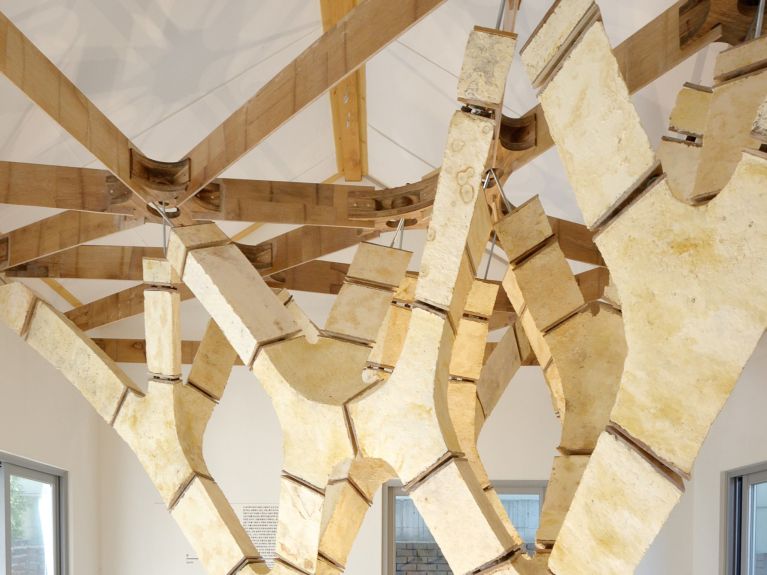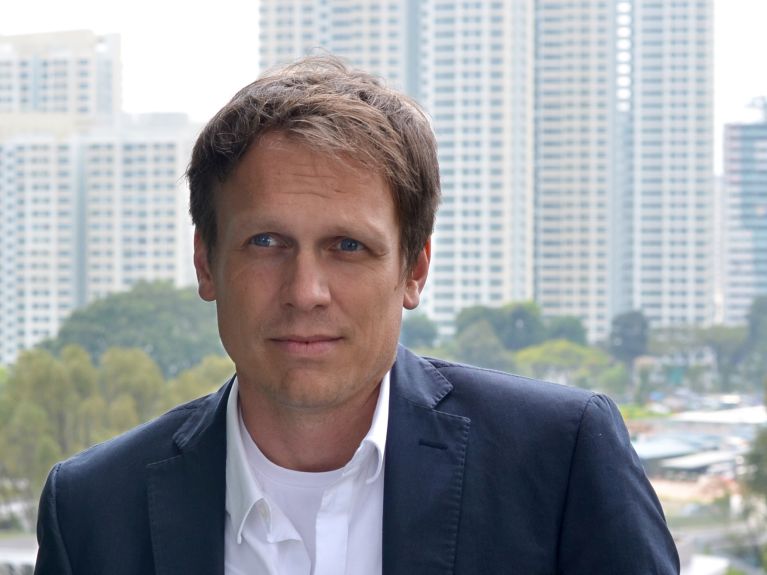Two ideas that will take us forward
Construction with fungal roots and storing electricity with wood waste are two innovations that we will (hopefully) hear much more about in the future.

Germany takes climate change and the shortage of resources seriously and is backing the transformation to a bio-based economy. Two innovations could take us a large step forward along this path.
1. Bricks made of fungal mycelium replace concrete
The construction sector is considered one of the largest consumers of primary raw materials and also one of the largest CO2 emitters. The use of cement is responsible for more CO2 emissions than air travel. Sand, an important component of concrete, has already become scarce in some regions of the world. Furthermore, the enormous use of reinforced concrete is making many countries with few natural resources increasingly dependent on imports.

At the Karlsruhe Institute of Technology (KIT) Professor Dirk E. Hebel is conducting research into radically different solutions. He wants to replace conventional building materials like concrete with renewable raw materials. His answer: using mycelium as a biological cement substitute. Mycelium is the name for the root-like vegetative part of fungi – in this case, of Ganoderma lucidum. Hebel produces bricks out of mycelium by mixing spores with wood chips or plant waste. In a few days this mixture has grown into a sponge-like substance. This material can be filled into almost all kinds of moulds where it becomes steadily more compressed over several days. It is subsequently dried to kill off the fungi. The process produces lightweight bricks with good insulation properties. Professor Hebel and his team have now made enough progress to begin trial production. Initially the material will be used as panels or for insulation purposes.
2. A waste product of wood processing can store electricity
One reason why the energy transition has stalled is the fact that the development of storage technologies has not been able to keep up. There is a lack of large storage capacities to hold renewable energy for the times when the sun is not shining or the wind not blowing. Furthermore, conventional storage systems are associated with considerable risks, because so far almost all batteries have contained metal compounds like lithium, lead or vanadium. These raw materials are expensive and environmentally harmful or are extracted under questionable working conditions.
Dieses YouTube-Video kann in einem neuen Tab abgespielt werden
YouTube öffnenThird party content
We use YouTube to embed content that may collect data about your activity. Please review the details and accept the service to see this content.
Open consent formCMBlu Energy AG, a company based in Alzenau in northern Bavaria, sees lignin, one of the three main components of wood and a waste product of paper and cellulose production, as an alternative. This natural resource is neither flammable nor explosive and ideally suited as the raw material for organic electrolytes for use in an organic-flow battery. CMBlu Energy AG has now developed the organic-flow battery to the stage where it is ready for market launch. The technology can be scaled up to the gigawatt range and used in stationary electricity storage systems. It could be deployed worldwide in solar and wind farms, in industry, in power stations and residential areas or in a rapid-charging grid for electric vehicles. Production is planned to begin in 2022 at the latest.
You would like to receive regular information about Germany? Subscribe here:


